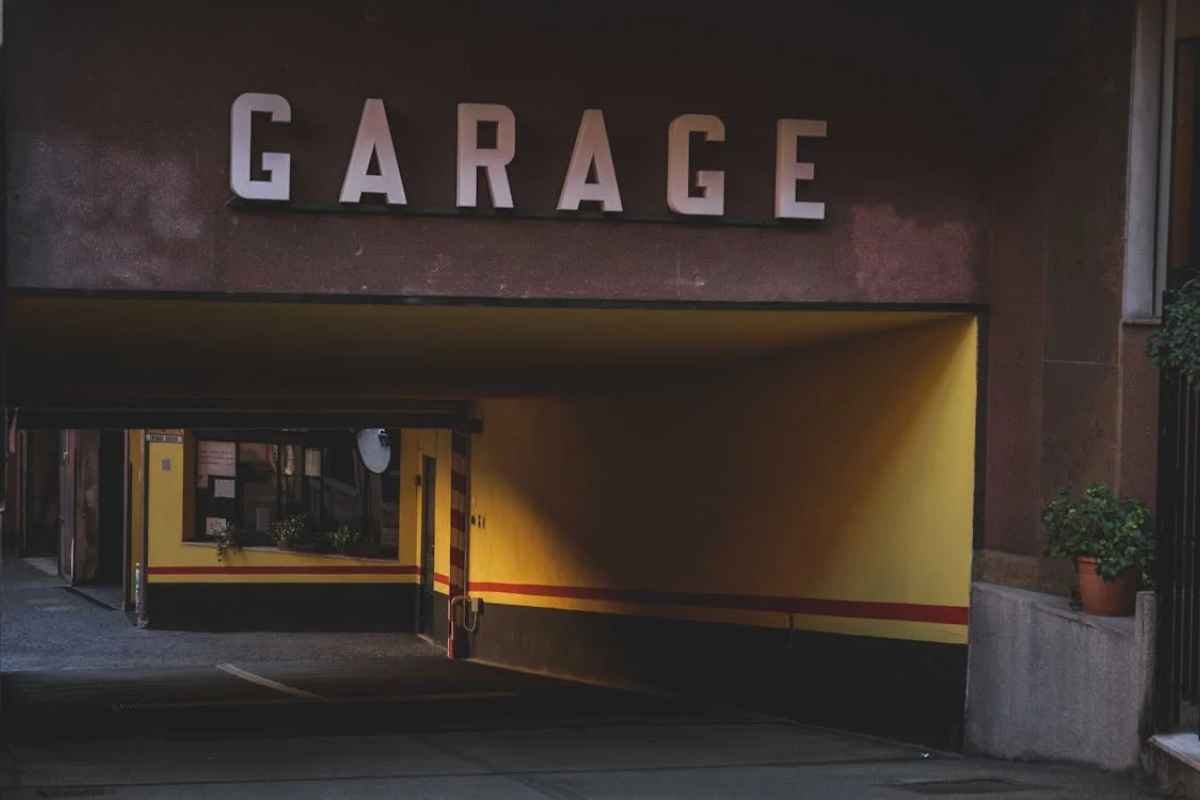As a business owner, one of the most important responsibilities you need to learn is to ensure the health and safety of everyone who sets foot on your premises, from your own team to the customers you serve. However, what many neglect to recognize is that they’re not just responsible for whatever happens within their four walls. If your property includes exterior workplace safety areas like walkways, parking lots, and green spaces, you’re just as responsible for them as well. As such, it’s important to address the common risks you should be aware of, as well as what you can do to stop them from leading to accidents and injuries.
Simple Steps to Make Your Business Look Safe and Clean
1. Debris And Litter
It might not seem like having litter and leaves lying around the exterior of the business is much of a concern. They can easily be cleaned up, right? However, if you’re not actively managing how regularly they’re cleaned up, this is precisely how risk to exterior workplace safety can arise. Wet leaves become slippery, and scattered debris can lead to cuts, trips, or falls.
A clean exterior reduces the risk of injuries and also reflects your brand’s professionalism, helping you make a better first impression on those visiting or passing by. You should invest in regular sweeping, waste bin checks, and seasonal deep-cleaning, even if you need to hire a team of commercial cleaners to do it without interrupting your work.
2. Poor Lighting
Investing in effective and comprehensive lighting inside helps your work be more productive, but it’s just as important outside, as well. If the area immediately surrounding your building is dark, then it can lead to a higher risk of accidents, vandalism, and even violent crime. Any extensively used outside areas, such as parking lots, entryways, and walkways, should be well-lit and highly visible from a distance to promote safety after dark. You can invest in provisions like motion sensor lights and LED upgrades, as well as making sure that emergency lighting and exit paths stay illuminated during power outages, where they may be more vital than ever.
3. Loose Handrails Or Guardrails

If you have any handrails or guardrails, whether it’s for stairs, walkways, or on heightened areas like balconies, ramps, or loading docks, it is vital that you ensure these essential safety features are reliable and secure. If they’re loose, corroded, or poorly anchored, they could give way when someone leans or grabs them in an emergency. Even falls from short heights can still cause serious injury, particularly for older customers or employees carrying loads, but the higher the fall, the greater the risk of injury.
Be sure to check your railings regularly for rust, cracks in mounting points, or any loose or missing components, especially bolts. Repairs for these warning signs should be made ASAP, and you should take the time to ensure that you have installed railings wherever they may be needed.
4. Cracked And Sunken Concrete
Concrete is very commonly used for business exterior areas, especially in loading bays, parking areas, and walkways. While a very reliable exterior flooring material, it can be susceptible to damage such as sunken slabs, cracked sidewalks, or even uneven curbs, each of which can cause serious tripping hazards. These defects often result from soil erosion, poor drainage, or wear from heavy foot and vehicle traffic. Such imperfections directly impact exterior workplace safety.
If a customer or employee trips and falls, your business could face liability claims or lawsuits. Investing in concrete repairs, such as mudjacking, can help you level your ground and prevent tripping hazards quickly. Be sure to carry out regular inspections of any exterior concrete and mark uneven areas clearly until they can be repaired.
5. Slippery Surfaces
Even if the exterior surfaces of your commercial property are not damaged, they can still become a safety hazard under the right circumstances. In particular, the danger of slips, trips, and falls rises exponentially when there’s rain, snow, or ice. This is especially true of smooth surfaces, such as concrete, tiles, or metal.
Take the time to apply any non-slip coatings or traction mats in high-traffic exterior areas, or apply grit in the winter, and use clear signs when surfaces are potentially slippery so that people can exercise caution and make use of any provided railings. When you’re outdoors and near any green areas, organic debris can also cause an organic film of algae and other particulates to form, which may require you to power wash them.
6. Ineffective Signage

For optimal exterior workplace safety, it’s crucial that all safety signs and emergency exit displays are easily visible at all times, including outdoors. These vital safety provisions can be obscured by overgrown bushes, piled boxes, and temporary structures, which can cause unnecessary panic when an emergency arises, such as an evacuation due to a fire.
Exterior signage should be kept clean and well-lit. Faded or damaged signs can be just as dangerous as missing ones. During an emergency, confusion costs lives, so take the time to include any signage in your routine inspections of your business’s exterior to make sure that it’s working effectively and visible. Be sure to drill your workers on the importance of not covering them up with any tools or materials, even temporarily.
7. Improper Drainage
Drainage plays a vital role in directing water (typically from rainfall) away from the property. If the drainage is blocked, faulty, or simply not working effectively, then it can lead to problems with standing water, pavement erosion, and even potential damage to the foundation. Aside from the damage to the building, standing water also becomes a slip hazard and can lead to mold growth. During heavy rain, clogged gutters, inadequate slope, or poorly placed downspouts can flood entryways or parking areas. Install and maintain proper drainage systems, such as trench drains and gutters, to make sure that water is thoroughly directed away from walkways and structures.
8. Overgrown Landscaping
The green spaces on the exterior of your business property can enhance your curb appeal and offer your workers a place to relax and truly enjoy their breaks. However, if it’s not well-maintained, it can easily become a safety risk. Overgrown shrubs can block sightlines in parking lots, conceal intruders, or hide signage and pathways. Tree roots can crack sidewalks or cause trip hazards, while low-hanging branches may block lights or scratch vehicles.
Tree branches can become heavy over time, leading to a risk of them breaking and falling, which can cause damage or injury to any person or asset nearby. Regular landscaping and the expertise of a professional arborist are essential for keeping these green spaces under control and ensuring proper exterior workplace safety.
9. Lack Of Ground Markings
A lot of workplaces rely on their exterior spaces to take care of warehousing and logistics needs, such as moving stock and materials inside and outside of the building, or simply have slightly complex road and parking systems. Whatever the case may be, lacking the essential pavement markets can confuse drivers and lead to accidents. Drivers may not see pedestrian crossings, fire lanes, or parking restrictions.
This increases the risk of vehicle collisions, blocked access routes, and pedestrian injuries. For effective exterior workplace safety, installing the necessary pavement markings is just the first step. It’s crucial to regularly refresh these markings over time, as they can fade, making them difficult to see and understand. Consistent maintenance of these visual cues is vital for preventing mishaps and ensuring a safe environment for everyone.
10. Outdoor Equipment Issues

If you have any equipment outside your business, be it dumpsters, bike racks, signs, or outdoor seating, you have to make sure that it’s secured and stable. Otherwise, they can be victims of everything from high winds or vandalism, not only diminishing their benefits to the business but also potentially making them dangerous projectiles or tripping hazards. Loose fixtures can practically invite tampering and loitering, as people are more likely to target areas that already look like they’re neglected.
Periodically check that outdoor furniture, waste containers, and signage are stable and positioned in compliance with safety codes. Bolting or anchoring equipment to solid bases can reduce movement and accidents. This is doubly important in any storm-prone areas, as extreme weather can cause loose equipment to do real damage to your property.
11. Signs Of Neglect
Even if there isn’t clear damage to specific parts of your business’s exterior, the signs of neglect, such as peeling paint, dirty windows, and rusting fixtures, can erode the trust in your business. Customers, tenants, and employees notice when a building looks unsafe or uninviting. More importantly, these seemingly minor issues often point to deeper exterior workplace safety concerns. More importantly, these signs often indicate deeper safety concerns.
Taking care of your business property isn’t just about keeping it safe, but about signaling that it’s safe, trustworthy, and professional to those who see it from the outside. As mentioned, a property that looks neglected is more likely to attract attention from the wrong element, which can attract whole new risks, as well. A well-kept exterior signals that you care about health and safety, not just aesthetics. In business, perception influences patronage and employee morale.
A failure to fully ensure the health and safety of your commercial property, interior, and exterior can lead to sudden costs, legal troubles, and even the loss of trust. To prevent these issues, it’s crucial to prioritize exterior workplace safety. Follow the tips above to stop this from happening to you.









